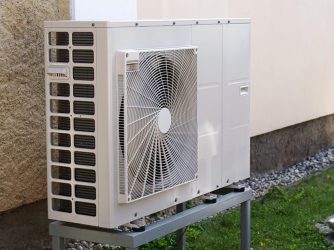Heat pumps need love and care like any other kind of heating system. If you’re using a new heat pump, it only makes sense to “feel” when it is due for a service appointment. In today’s post, your local HVAC contractors at Amber AC share the signs that your heat pump needs to be serviced by a professional.
What Are Heat Pump Efficiency and Performance Ratings For?
There are several criteria that homeowners need to have when buying a major piece of home equipment like a heat pump. Warranty coverage, brand, repairability — all of these are important. In today’s post, Amber Air Conditioning Inc. takes a look at another criteria, energy efficiency, and how performance ratings can help you find the best heat pump for your home.
Is a Central Heating System a Good Choice for Your Home?
Understanding the basics of a central heating system is essential when considering it as an option for your home. A central heating system comprises a central source (usually a boiler or furnace) that heats air or water. This heated medium is then circulated throughout the house via ductwork or pipes, delivering warmth to individual rooms. The system is controlled by a single thermostat, allowing for uniform heating across all rooms. In this post, Amber Air Conditioning will explore if central heating systems are a good choice for your home.
Weird Smell From a New Furnace: Is It Normal?
You may have noticed an unfamiliar smell after having installed a new furnace in your home. It’s common to worry that something is wrong with it, but it doesn’t always mean there is a problem. Amber Air Conditioning Inc. takes a look at some of the peculiar odors coming out of new furnaces and the meaning behind each.
How a Faulty Thermostat Affects Your Heating System
A thermostat is a device that regulates the temperature of your home by controlling the flow of heat from your Amber HVAC system. Typically, it is located near the furnace or air conditioner and uses a sensor to monitor the temperature of the air in your home. Your thermostat is an important part of your heating system. If it is not working properly, it can cause several problems.












